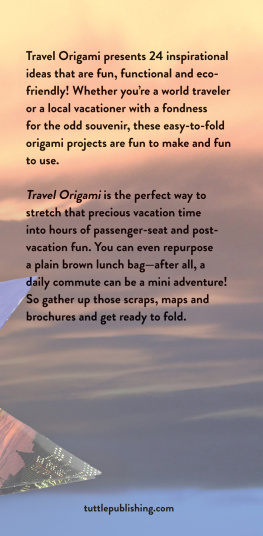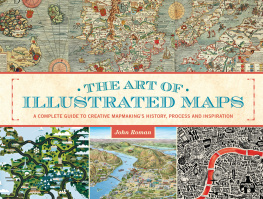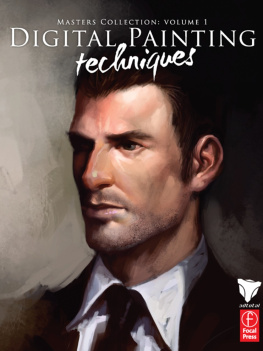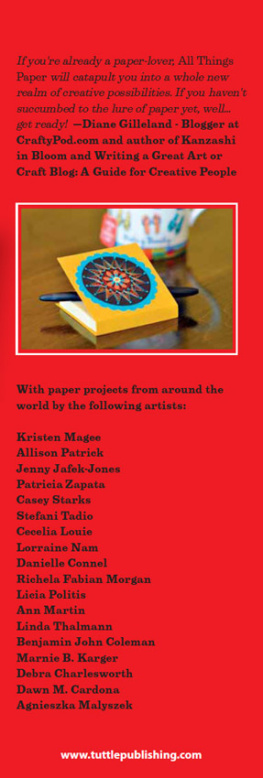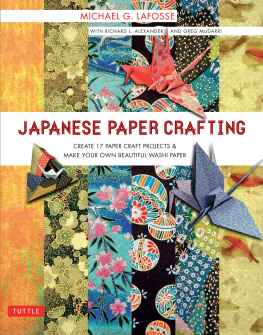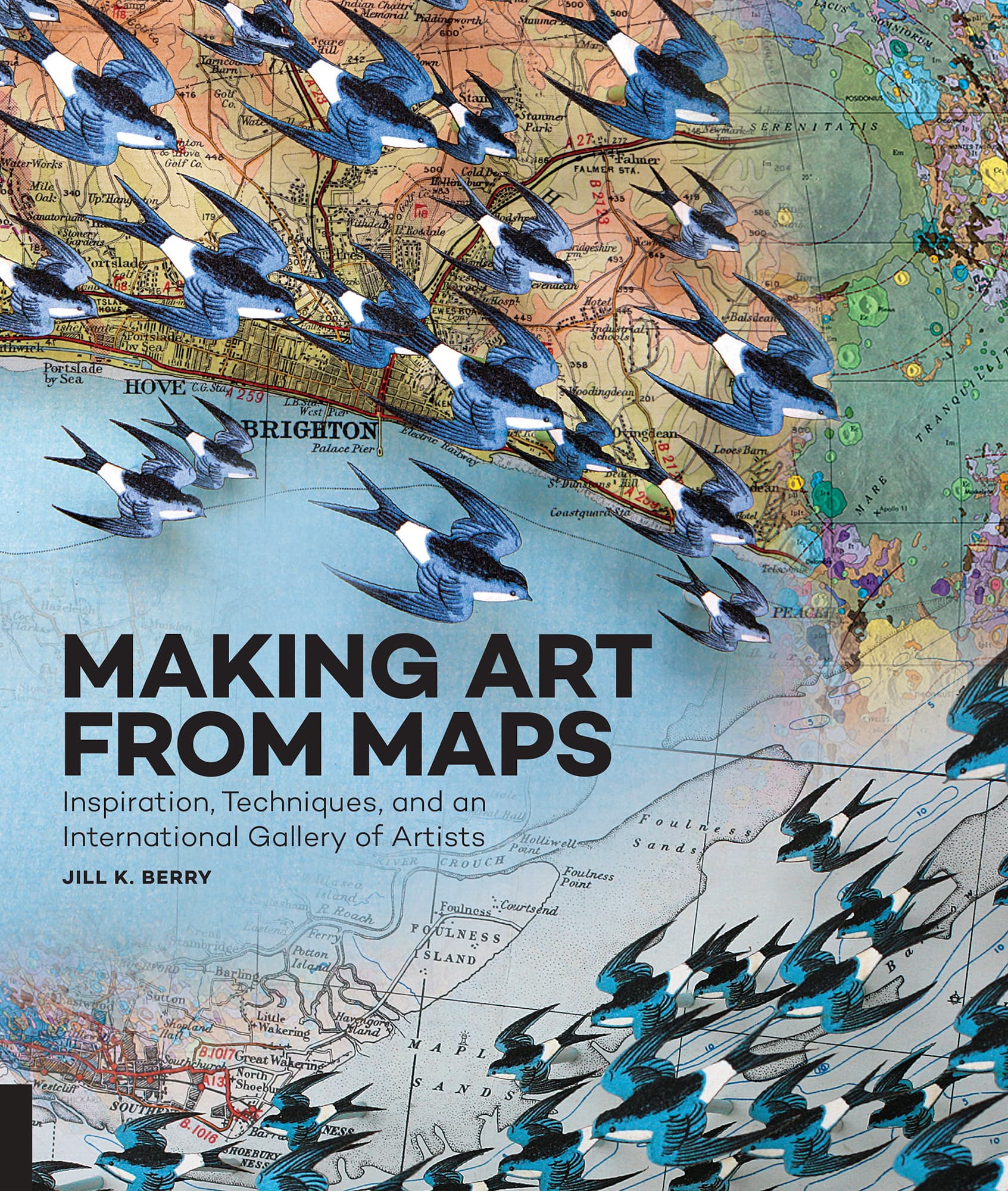MAKING ART
FROM MAPS
JILL K. BERRY


2016 Quarto Publishing Group USA Inc.
Text 2016 Jill K. Berry
First published in the United States of America in 2016 by
Rockport Publishers, an Imprint of
Quarto Publishing Group USA Inc.
100 Cummings Center
Suite 406-L
Beverly, Massachusetts 01915-6101
Telephone: (978) 282-9590
Fax: (978) 283-2742
QuartoKnows.com
Visit our blogs at QuartoKnows.com
All rights reserved. No part of this book may be reproduced in any form without written permission of the copyright owners. All images in this book have been reproduced with the knowledge and prior consent of the artists concerned, and no responsibility is accepted by producer, publisher, or printer for any infringement of copyright or otherwise, arising from the contents of this publication. Every effort has been made to ensure that credits accurately comply with information supplied. We apologize for any inaccuracies that may have occurred and will resolve inaccurate or missing information in a subsequent reprinting of the book.
Digital edition published in 2016
Digital edition: 978-1-62788-856-1
Softcover edition: 978-1-63159-102-0
Library of Congress Cataloging-in-Publication Data
Names: Berry, Jill K., author.
Title: Making art from maps / Jill K. Berry.
Description: Beverly, Massachusetts : Quarto Publishing Group, USA, Inc.,
[2016] | Includes bibliographical references and index.
Identifiers: LCCN 2016003842 (print) | LCCN 2016006560 (ebook) | ISBN
9781631591020 (flexibound) | ISBN 9781627888561 (eISBN) | ISBN
9781627888561 ()
Subjects: LCSH: Paper work. | Paper work--Materials. | Maps.
Classification: LCC TT870 .B4674 2016 (print) | LCC TT870 (ebook) | DDC
745.54--dc23
LC record available at http://lccn.loc.gov/2016003842
Design: Samantha J. Bednarek
Cover Image: John Dilnot
Photography: Jill K. Berry, except as noted
DEDICATION
I dedicate this book to Metzger Maps of Seattle, which was the first cartographic wonderland I remember as a child. We regularly visited relatives in Seattle when I was a kid, and this store is right in the heart of downtown among the sites to see. The first time I walked in the door I swooned! The maps are floor to ceiling, and every kind of map and related trinket is available there. They sent me many of them in a large wonderful box to use for projects in this book.
And to my magnificent children Sydney and Sam: May you continue to wander and explore all of your possibilites.
Party Hat by Faith Allen
CONTENTS
Guide
The first maps we know of are of the heavens and were painted in caves in France as early as 16,500 BCE. Celestial charts continue to be made today, but have never surpassed this Venetian masterpiece by Coronelli dating to 1700.
This brightly colored 1831 map from the Library of Congress appears to be a real estate pitch for a house in Brazil.
INTRODUCTION
Ask a random roomful of people to raise their hands if they love maps and the response, inevitably, will be a majority of hands in the air. For visual people this is an easy question, as it is for those with a bent for science. But why does the average person love maps?
The attraction is well documented and the answers vary from simply knowing where one is in the world to appreciating the illustrated tale a map tells.
When I ask people about their attraction to maps, its often simply the detail that they love: the lines, precision, colors, shapes, and grid. Its the compass roses and sea monsters, the sailing ships and cartouches. Simply put, its the visual nature of maps that attracts many of us, without regard to accuracy or usefulness.
For me, its the story of maps themselves, the connection I feel to the mapmakers of the past who scratched planetary systems on cave walls or penned a path to the Fountain of Youth on an animal skin. The story of maps and mapmakers began thousands of years ago, and that art/science/compulsion has continued to this day.
Since the beginning, the materials of mapmaking have changed with demand and the availability of resources. They have been drawn and painted on walls, skins, papyrus, and handmade paper of all kinds. Maps have been carved in wood and on stone tablets, inscribed in clay, and, finally, produced on manufactured paper with a printing press. The printed map is what many of us have come to know as the map standard. That is about to change: electronic maps will be the standard for upcoming generations.
Many of us obsessed with maps are not ready for this change. My love for mapsthe folded paper, find-your-way kind of mapsgoes back to childhood. I was the map holder on family trips. I wanted to know where I was at every point along the way. The first map I kept was one my first boyfriend gave me. He worked at McDonalds and they made maps of all their stores in California. My McDonalds map has never been used for its original purpose, but it is so kitschy and nostalgic that I keep it.
Consider the colors and flow of this 1914 map of Peking (the romanticized name for Beijing), China. It appears to be an intimate detail of something complex and organic, or the bisection of a gem.
Part of a series created by the Army Corps of Engineers in 1944, this map turns the Mississippi River into an ethereal flowing dream.
This geological map of the near side of the moon is from a series of atlases of Venus, Mars, and the Moon, created by a group of governmental organizations in the 1970s.
As I grew, so did my interest in cartography. I read a lot of books about maps and with research I realized that what I knew as a map was only a very small tip of the cartographic iceberg. With further study, I found maps of the skies, ocean bottoms, rivers, planets, and both real and fictitious locations. I learned that maps are often more art than science and that some of them are purposefully meant to lead the viewer astray.
Because maps have so many styles and purposes and are (still) made from paper, they are great fodder for art making. I have a background in art, including working with books and all kinds of crafts, and combining art and maps always seemed a path worth taking to me. Lo and behold, somewhere on the journey, the path turned into a meandering map of its own, leading me to other artists, worldwide, who also work this way.


